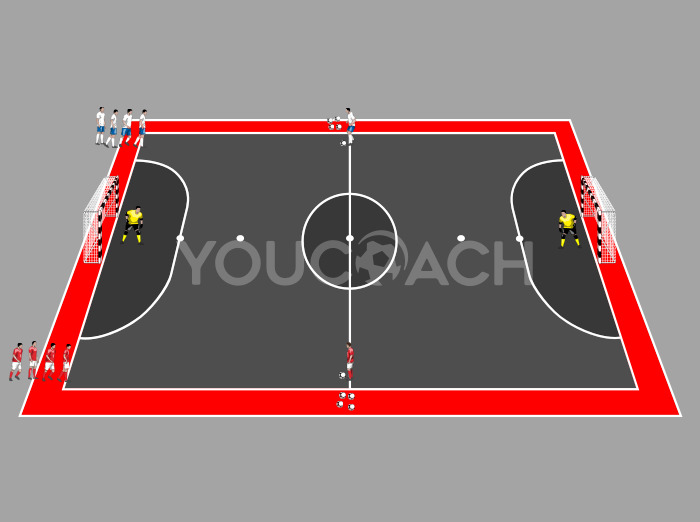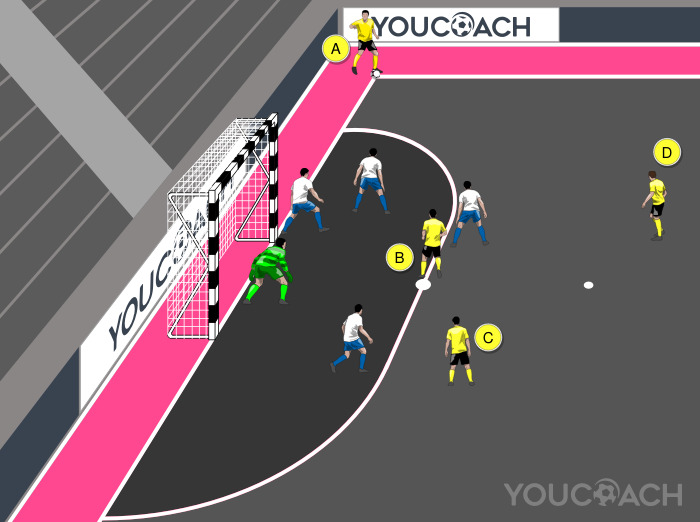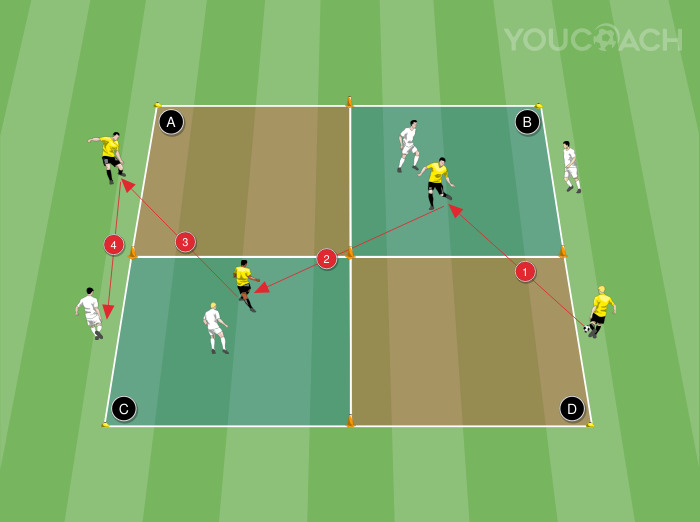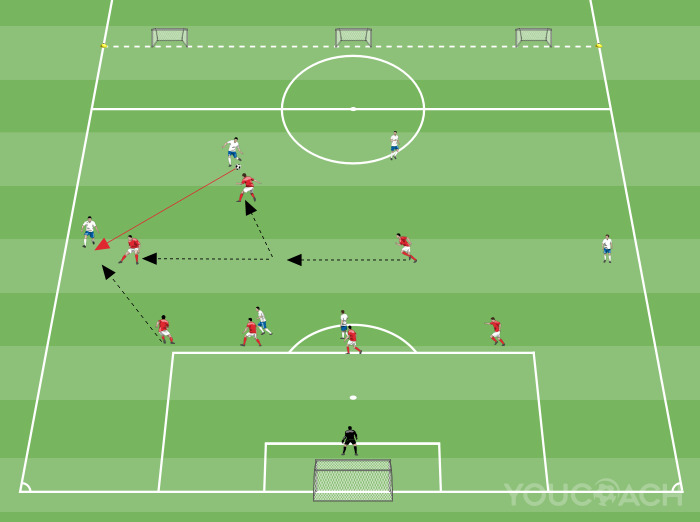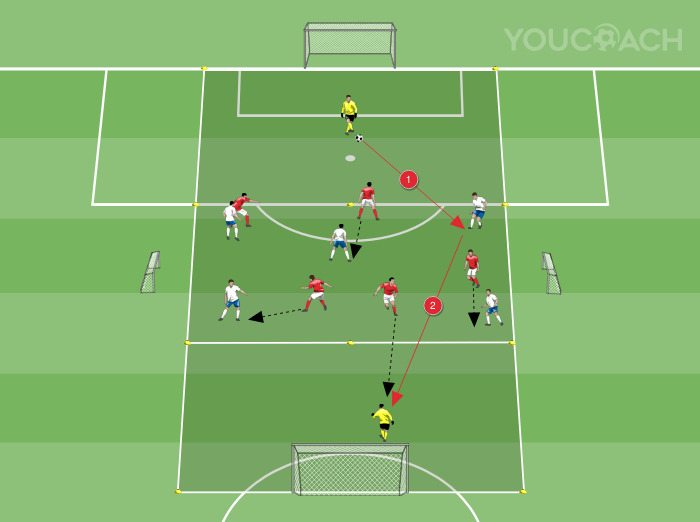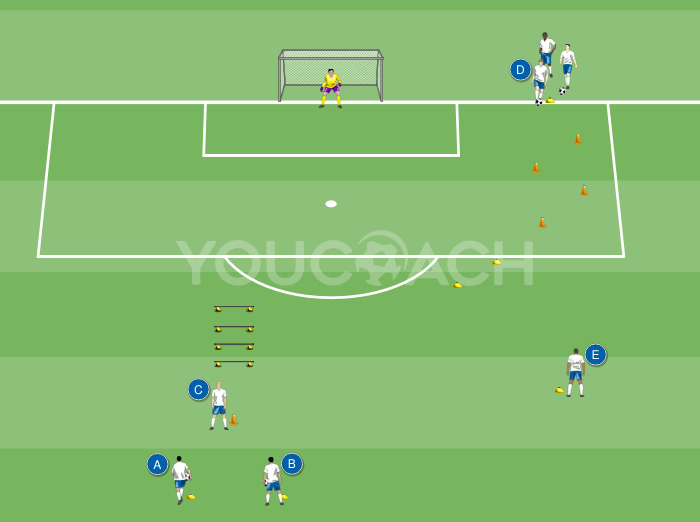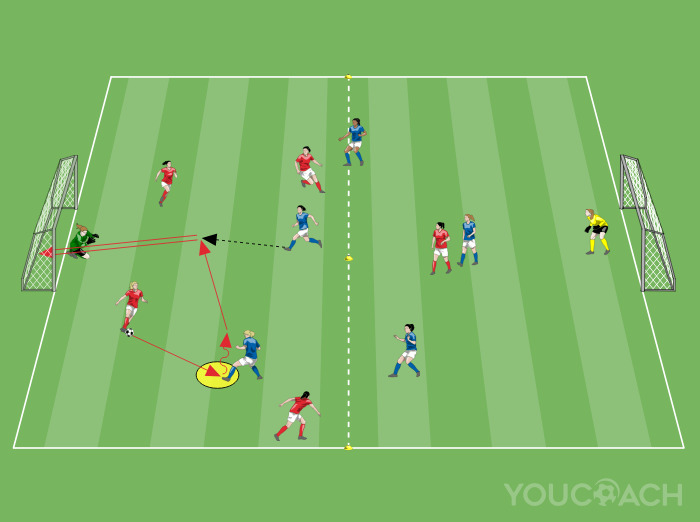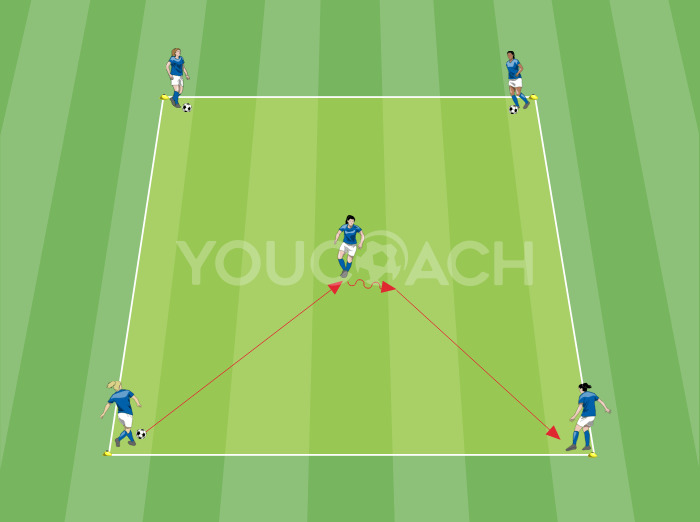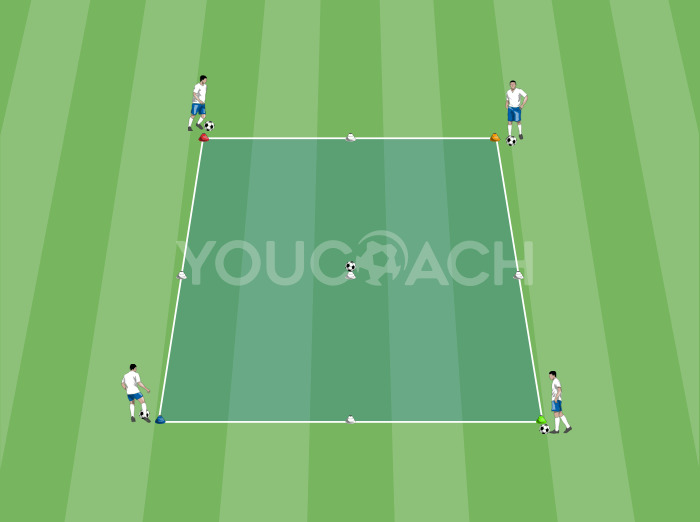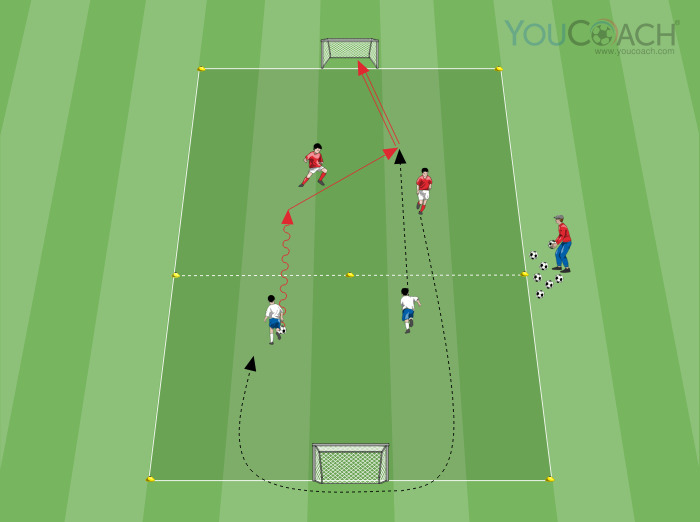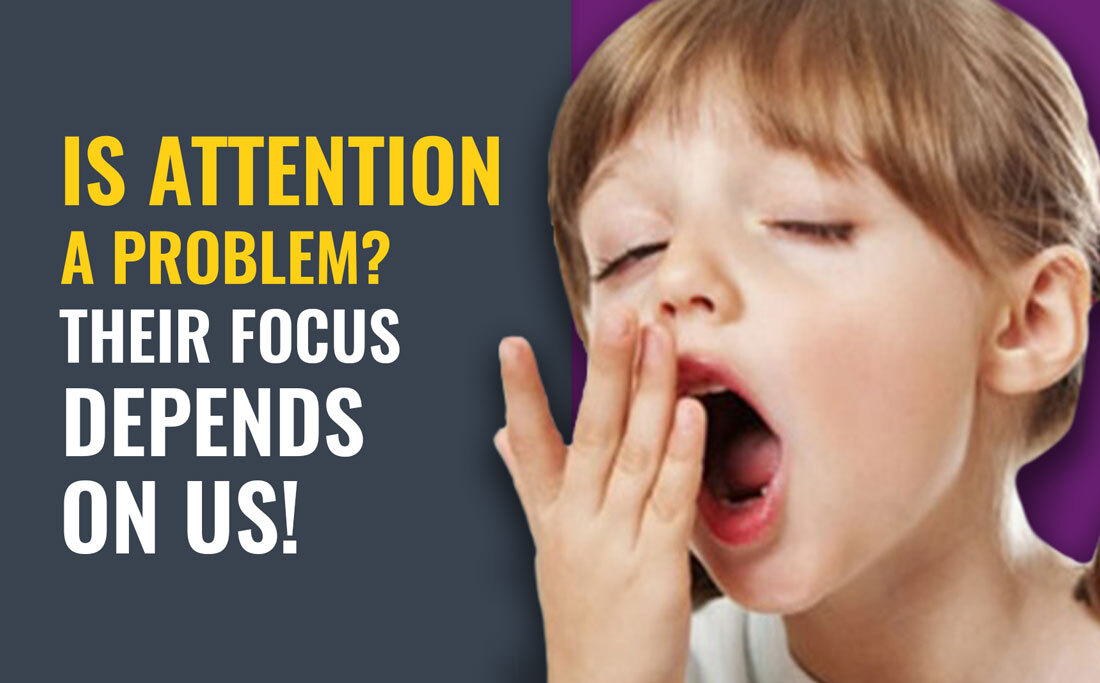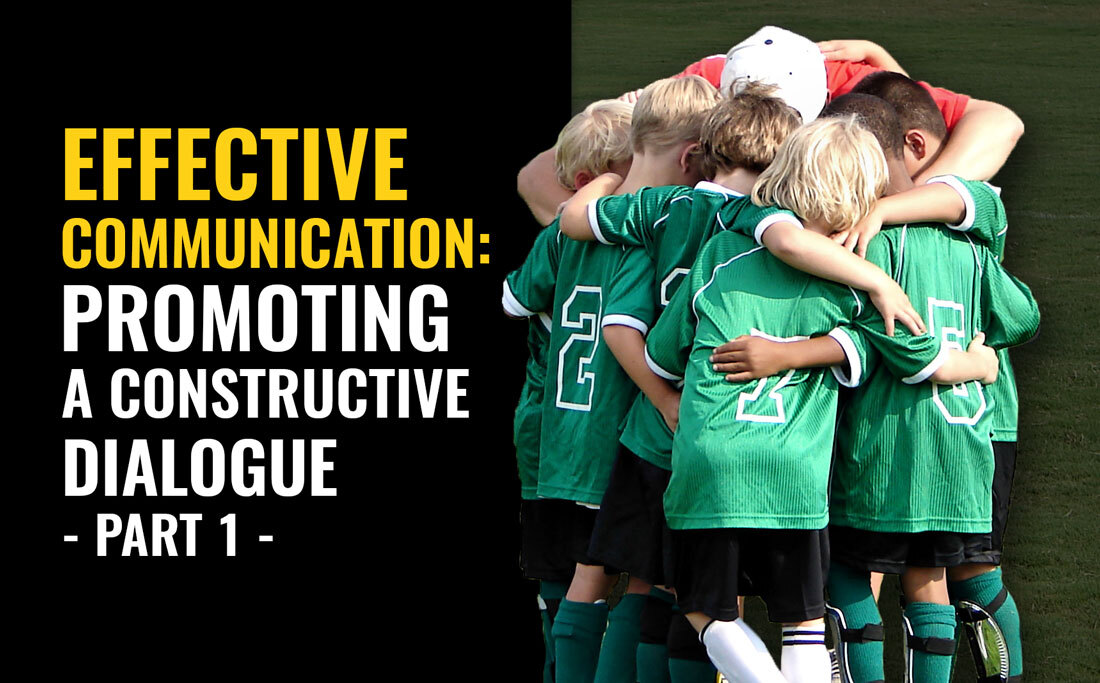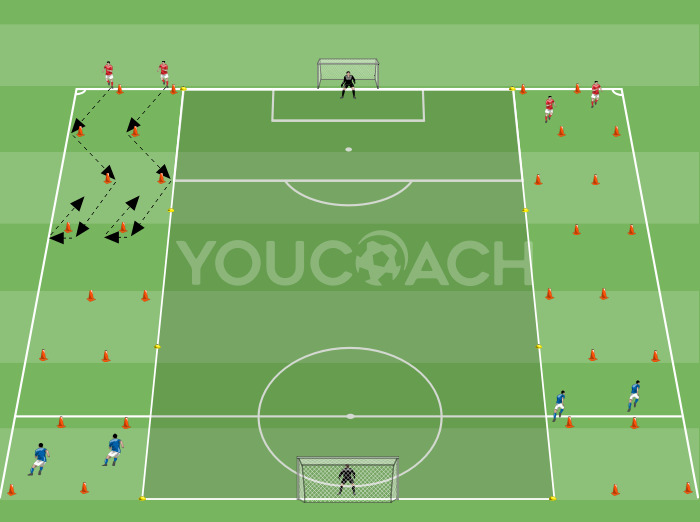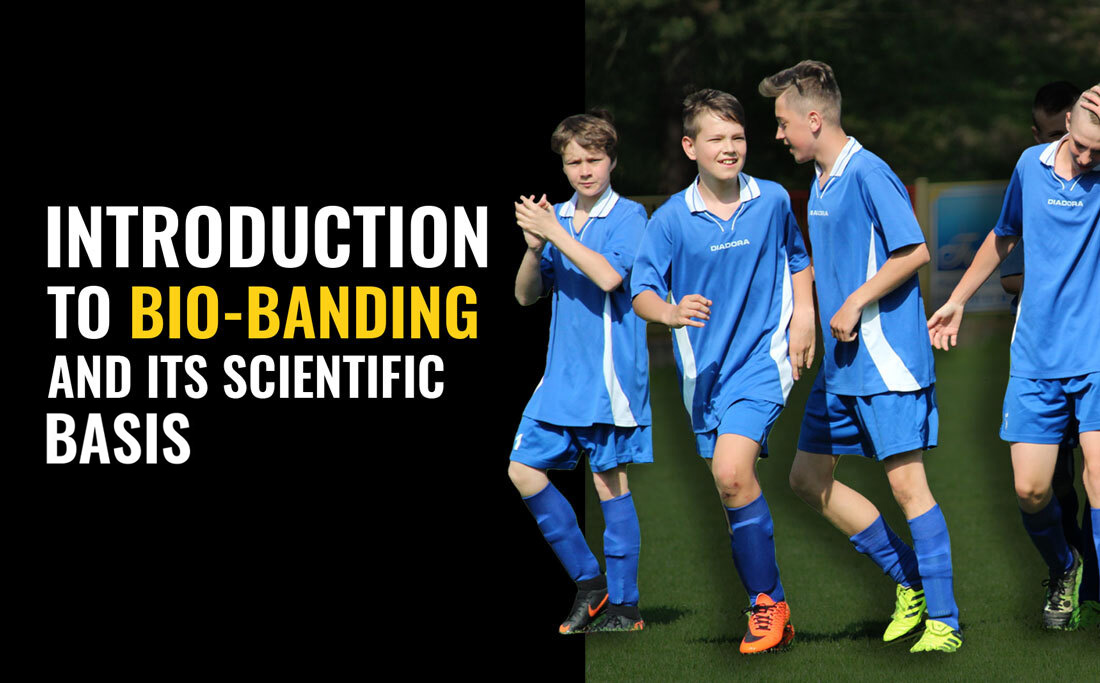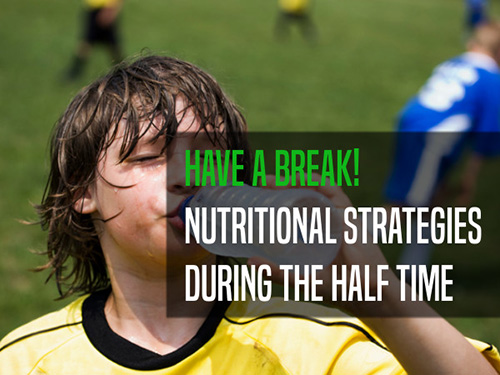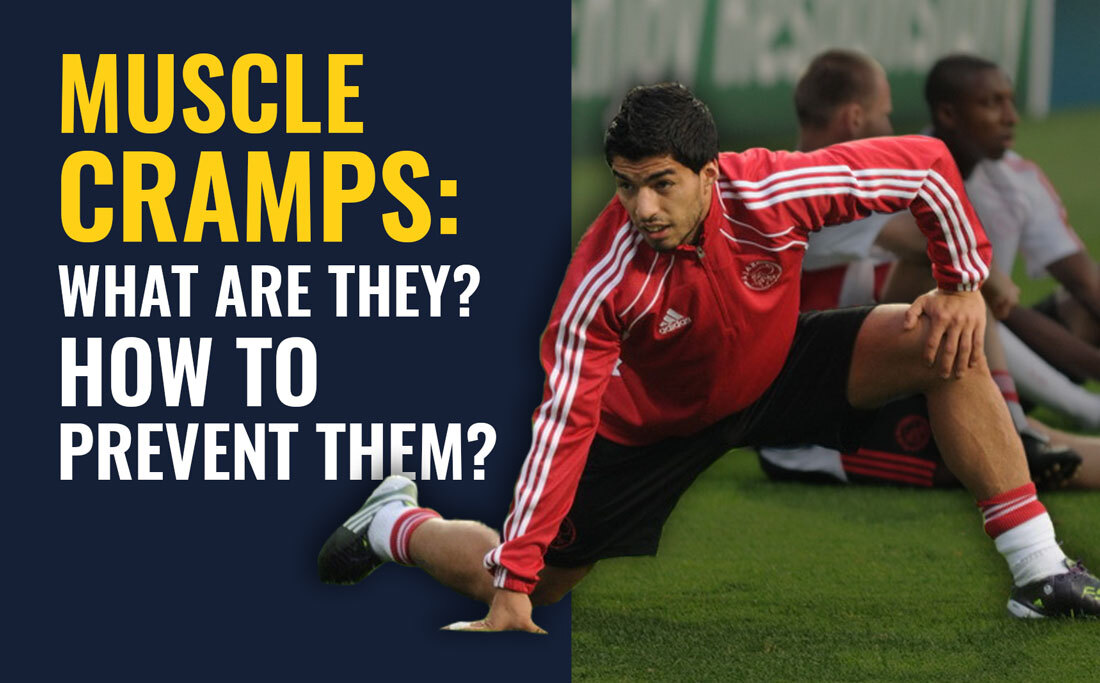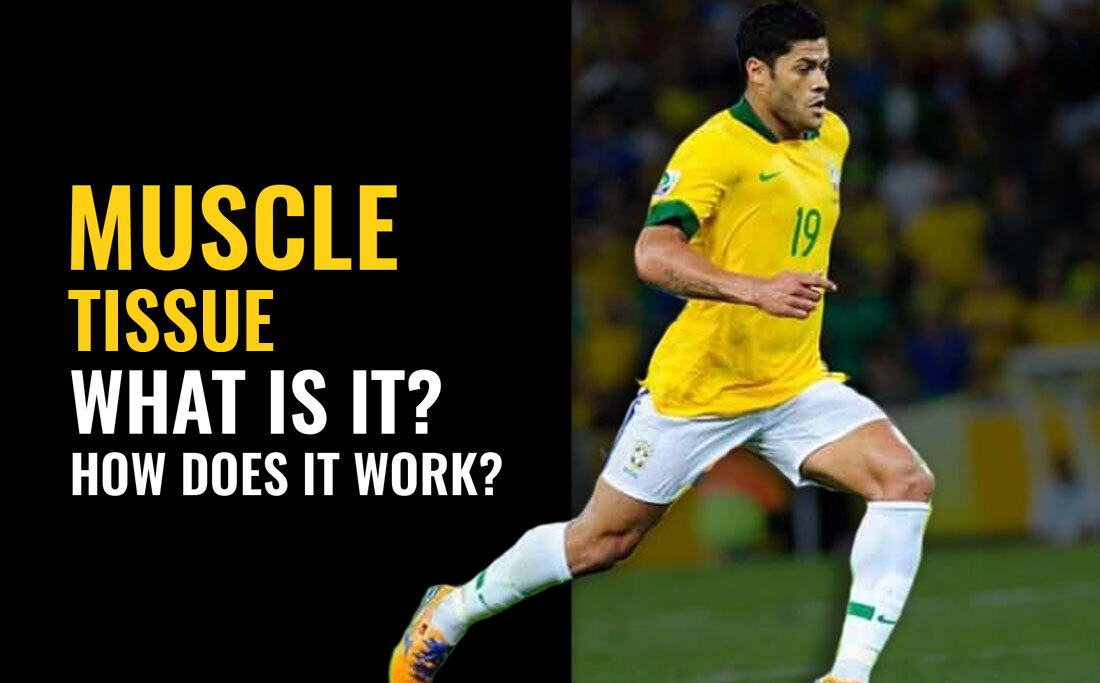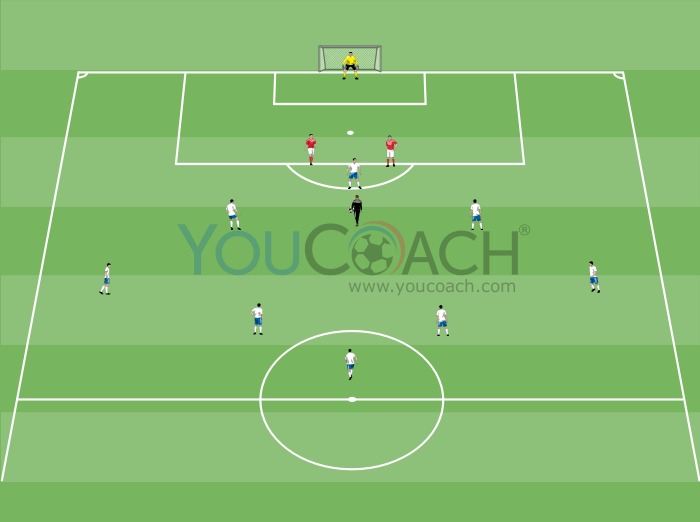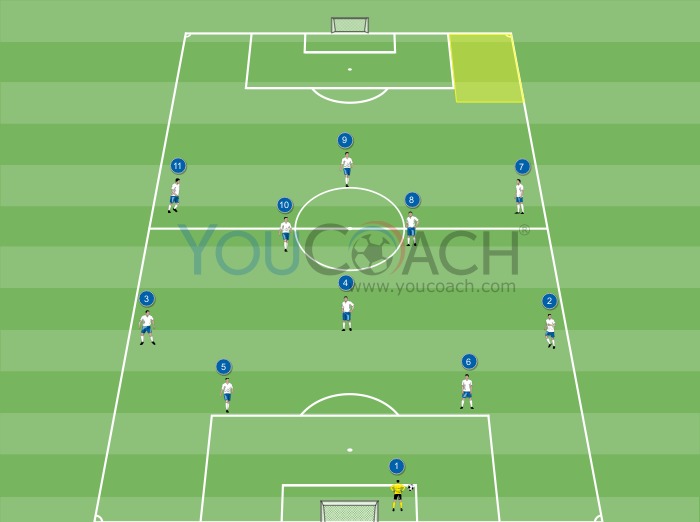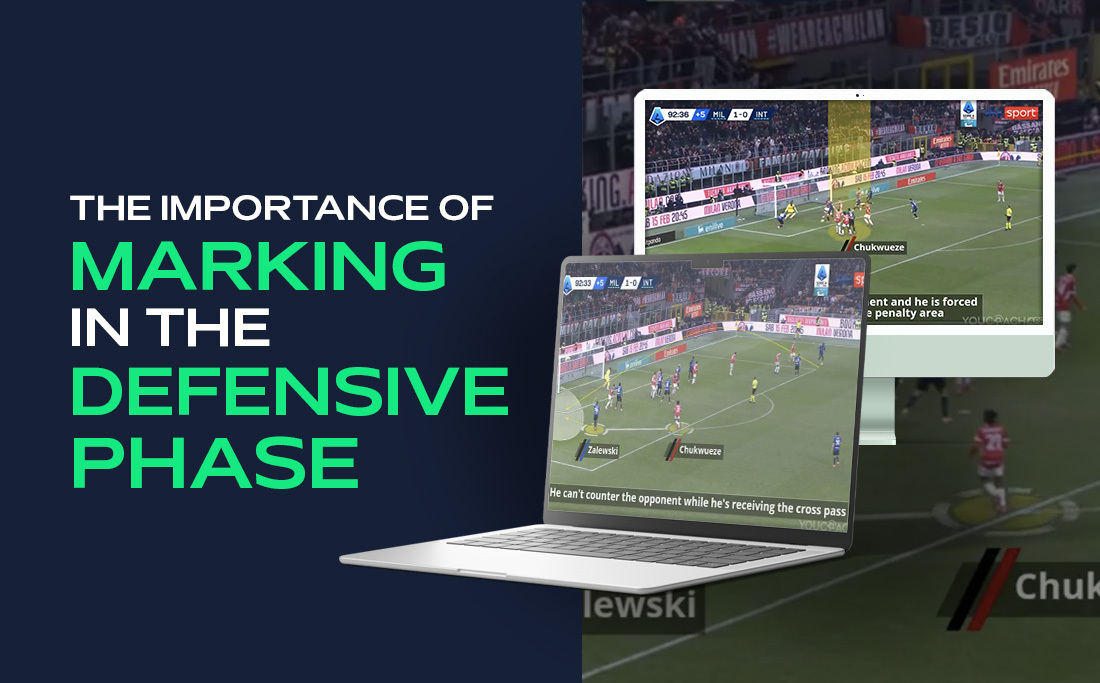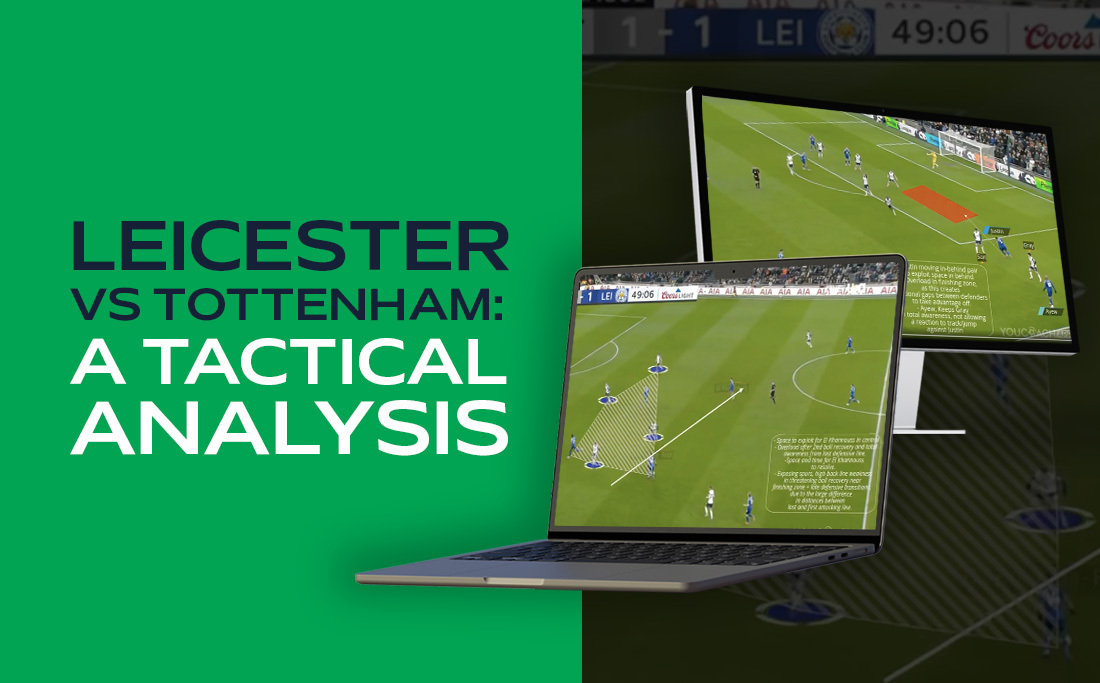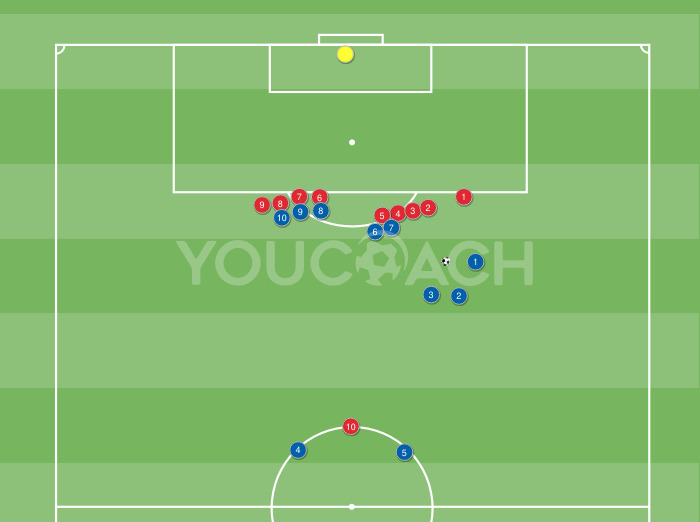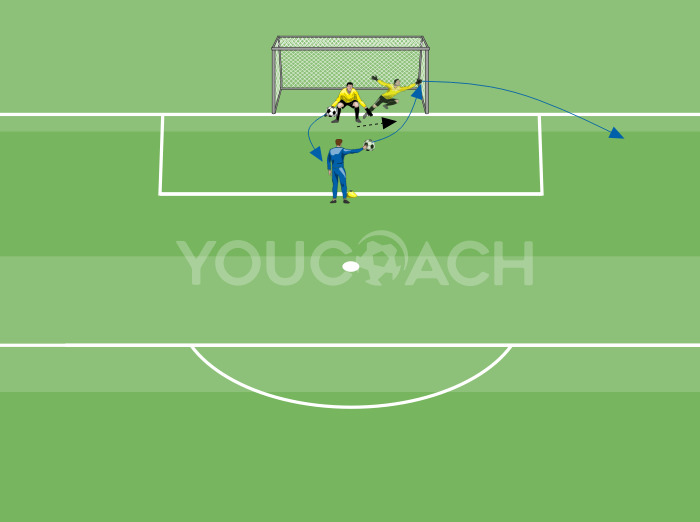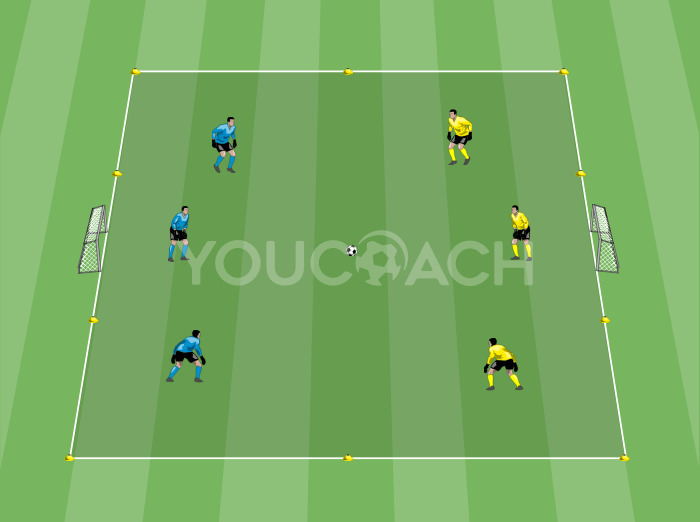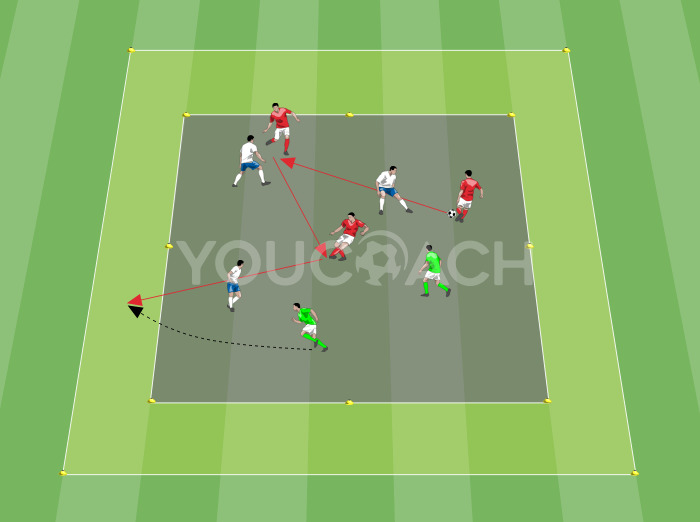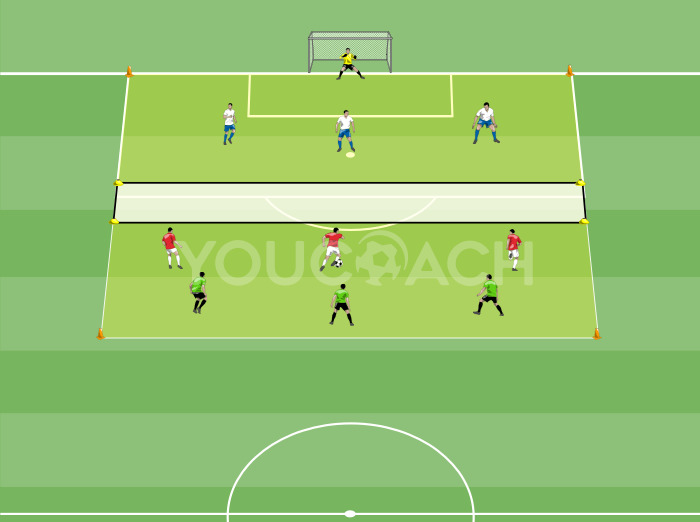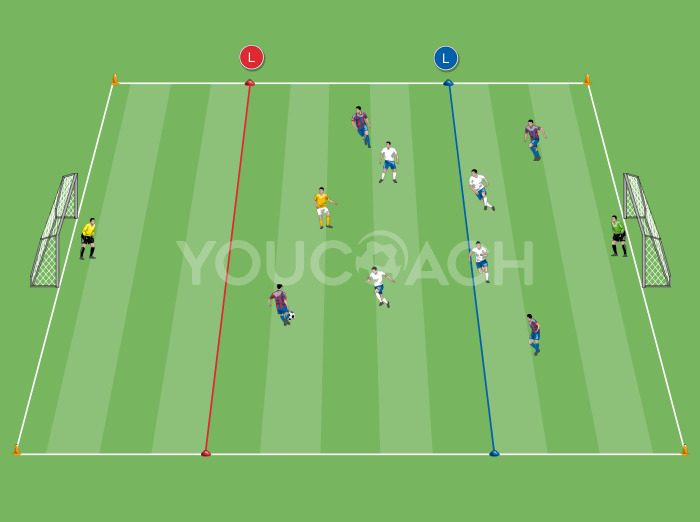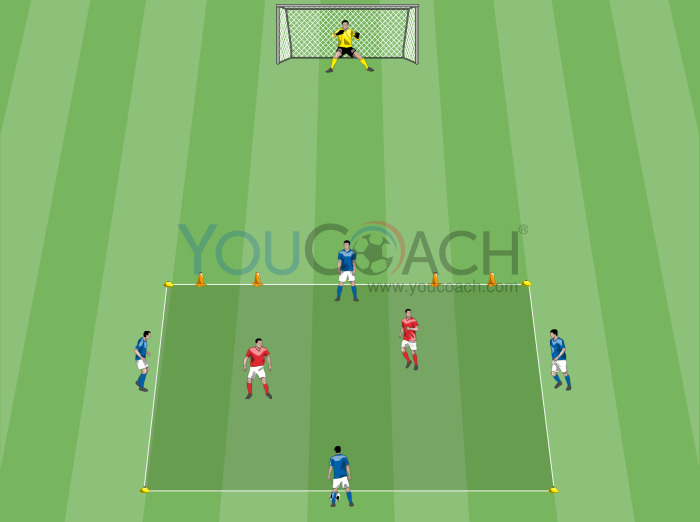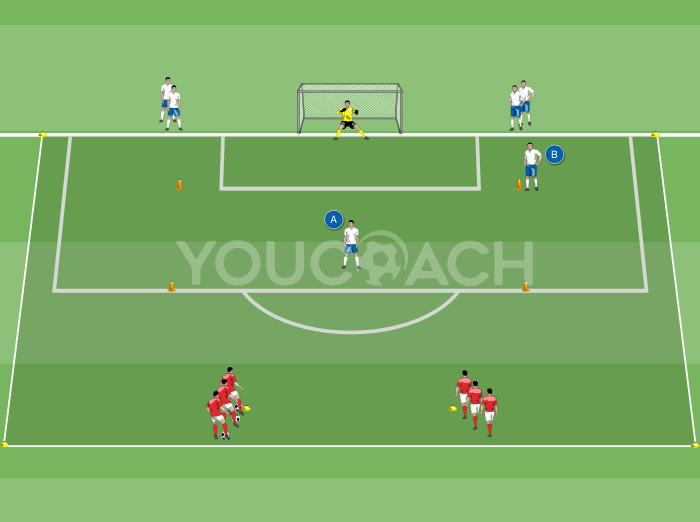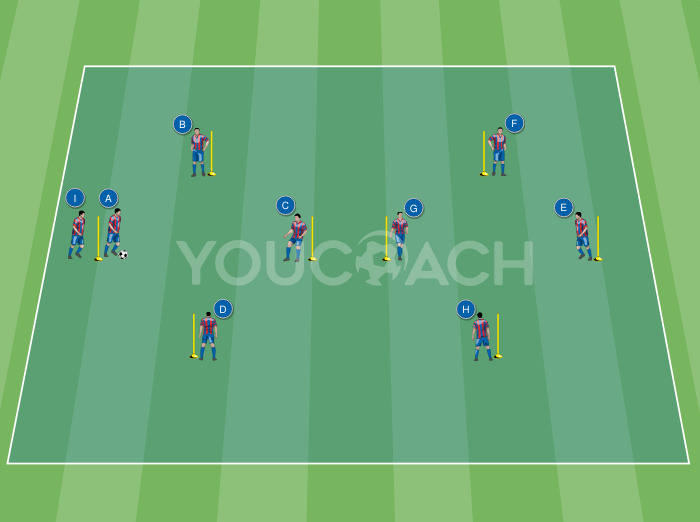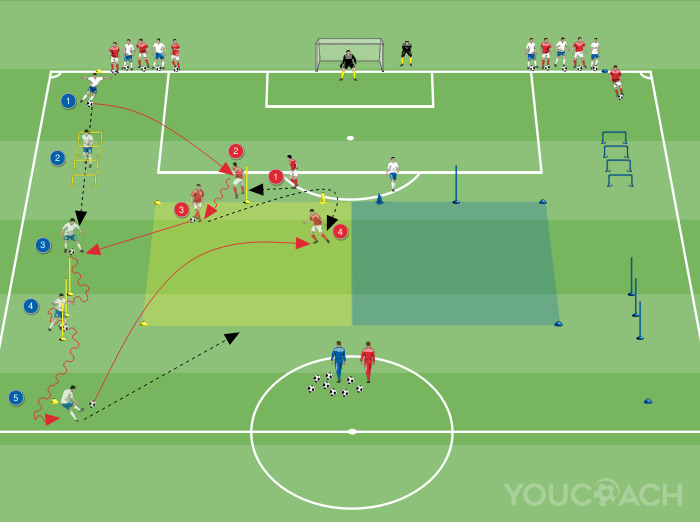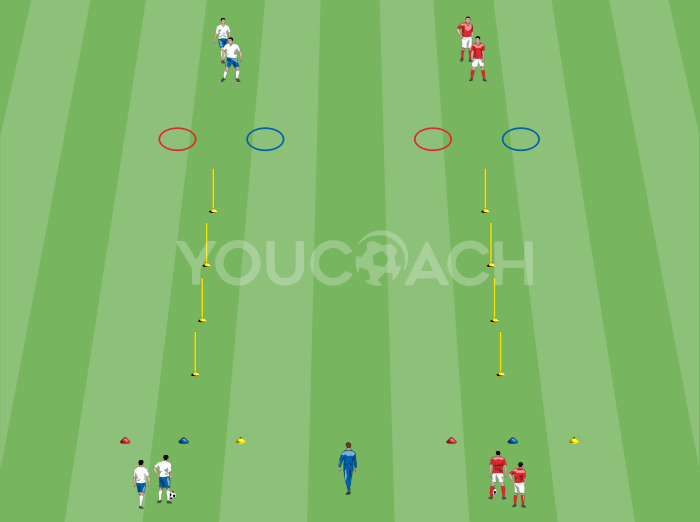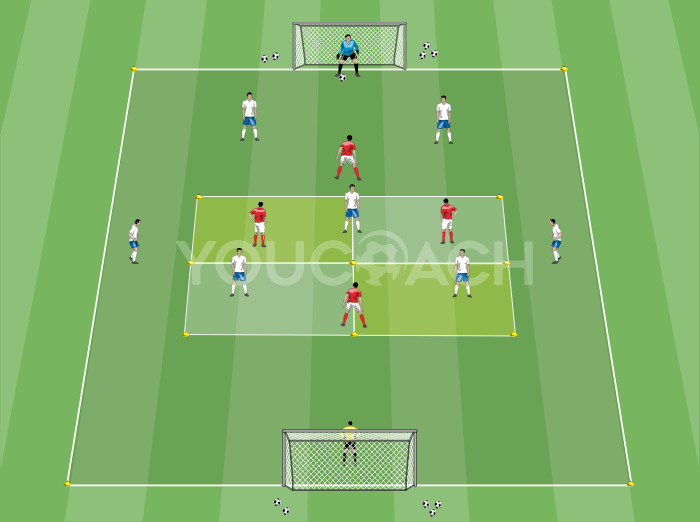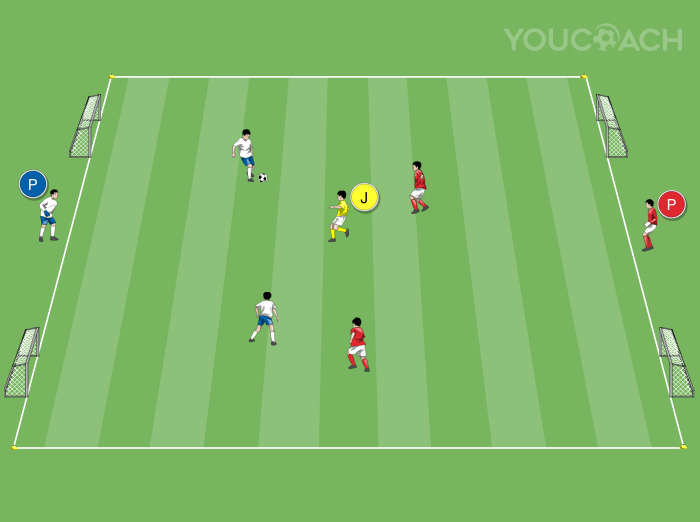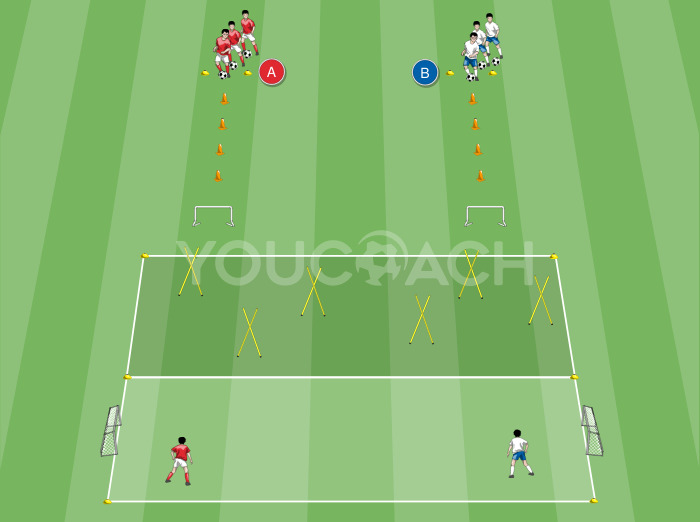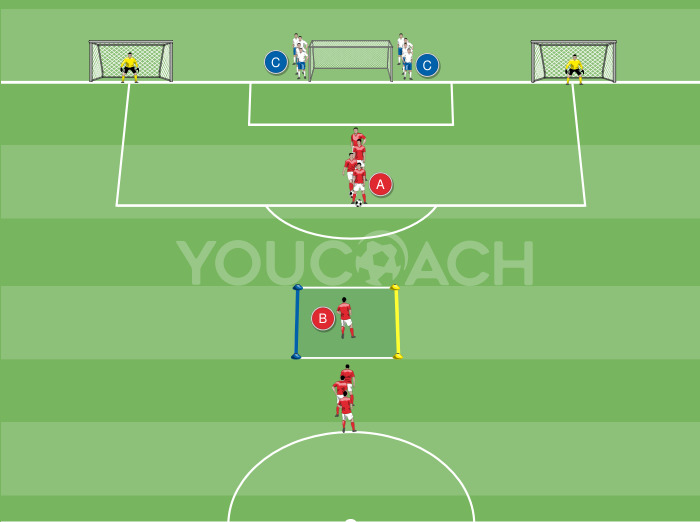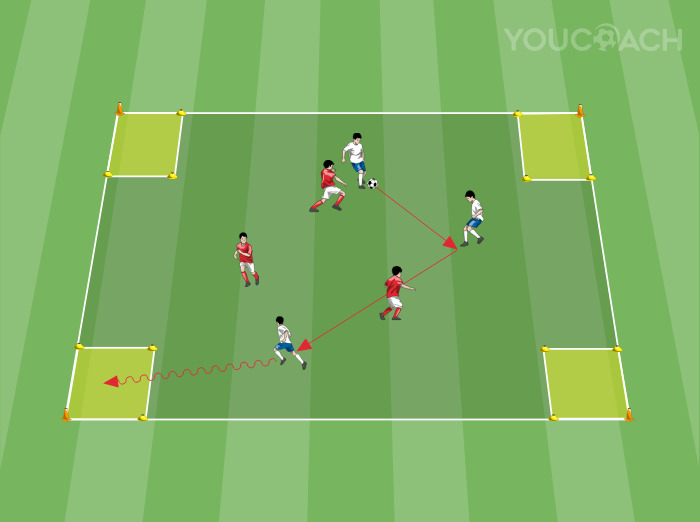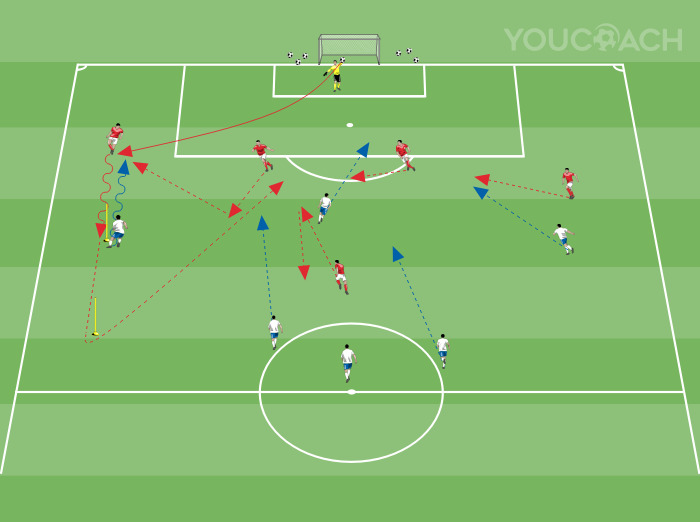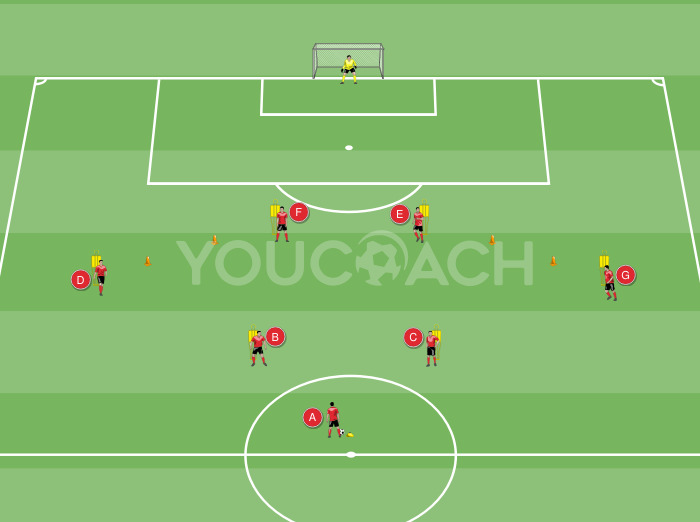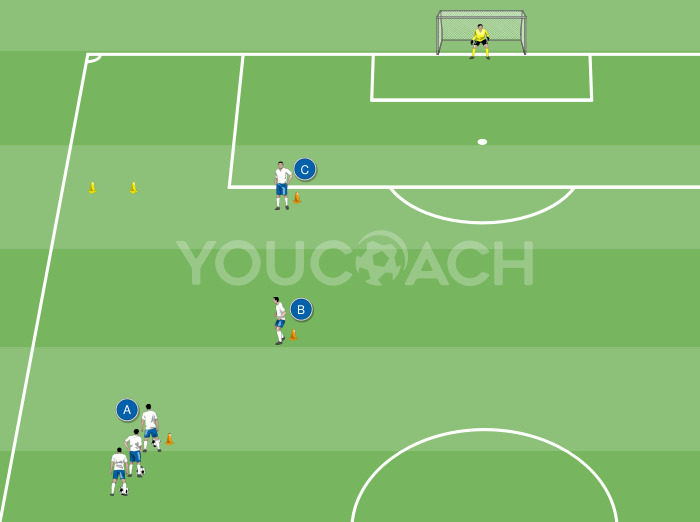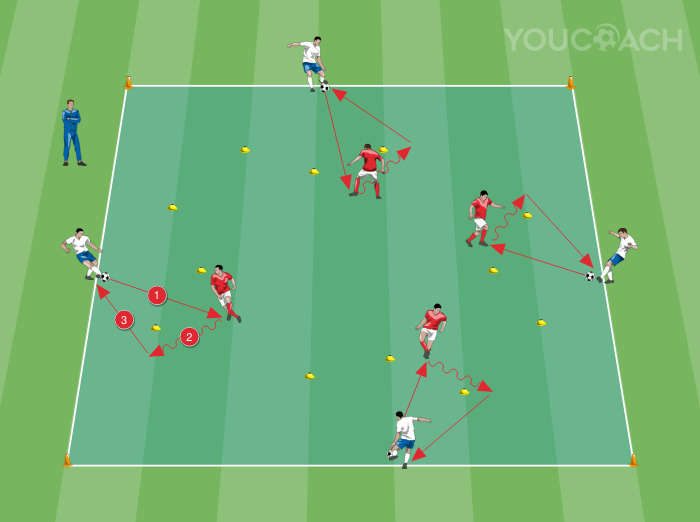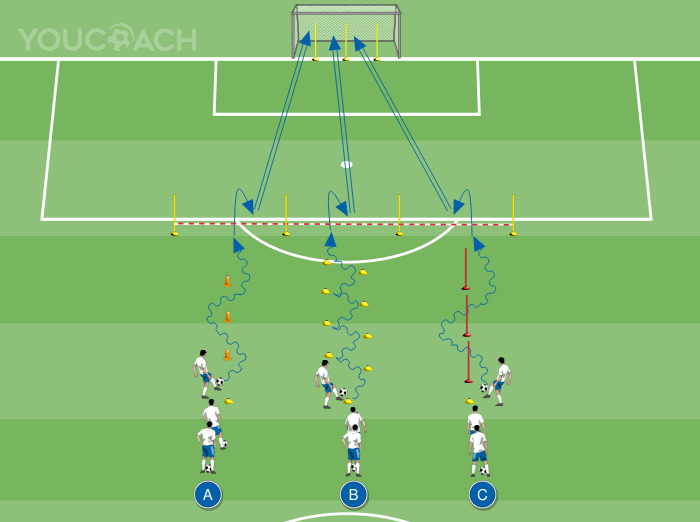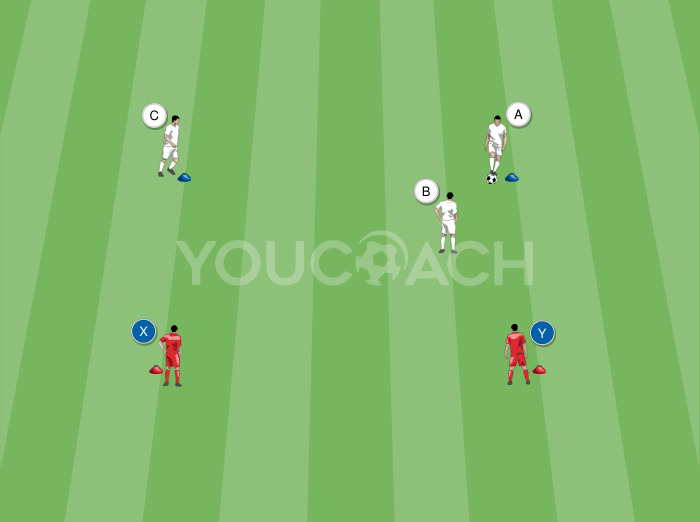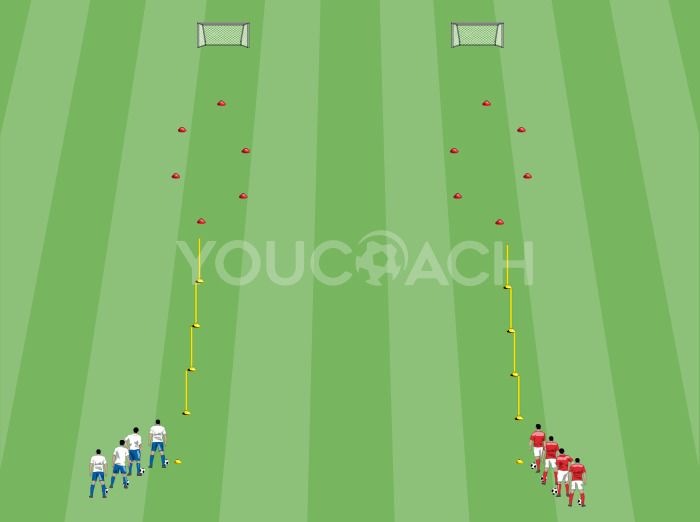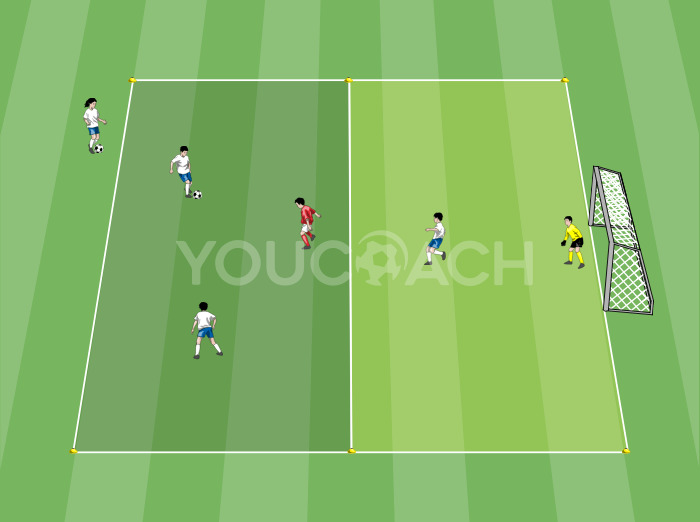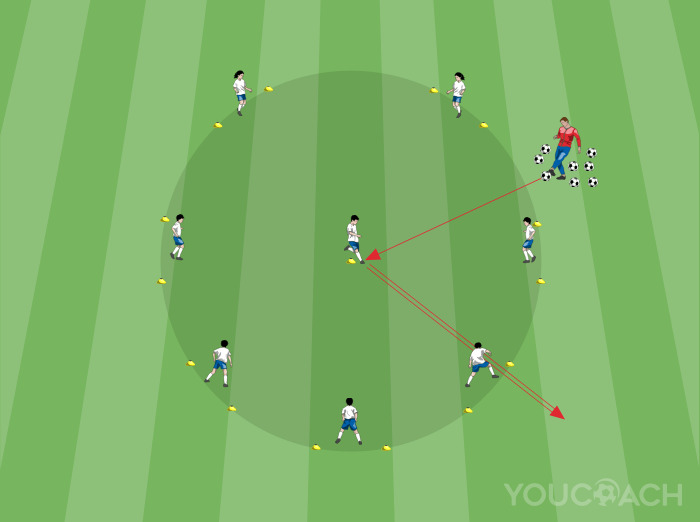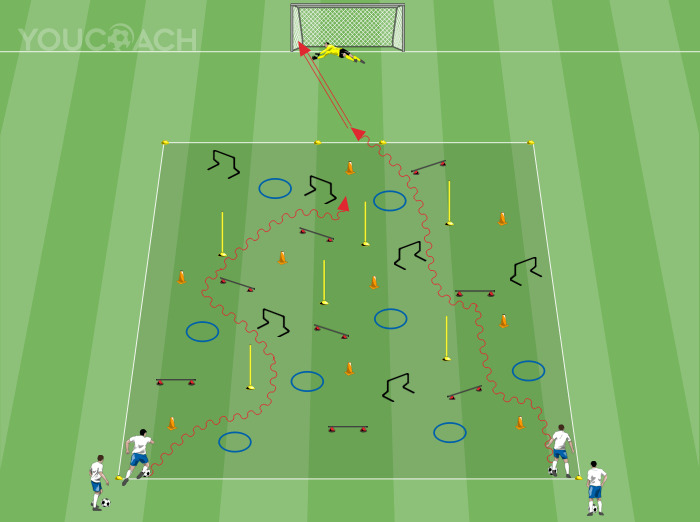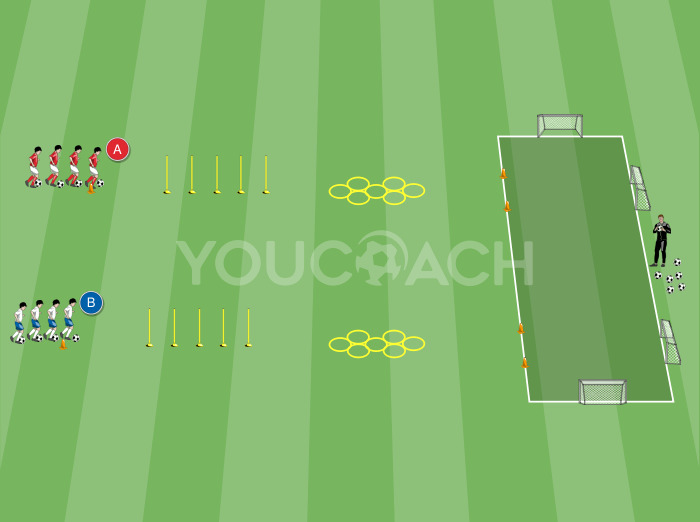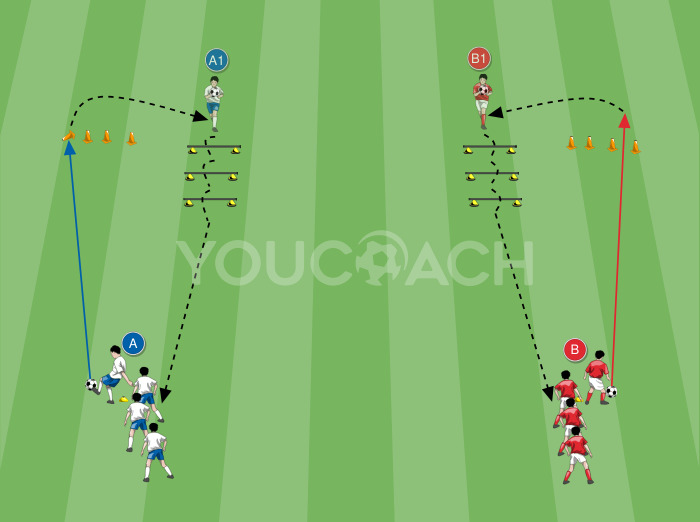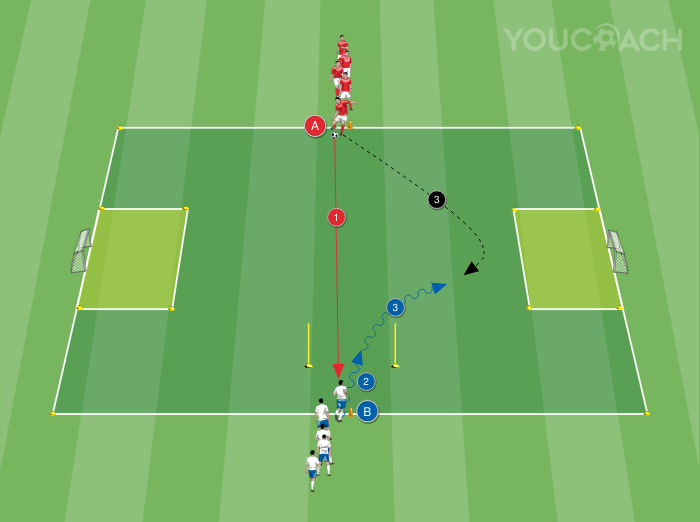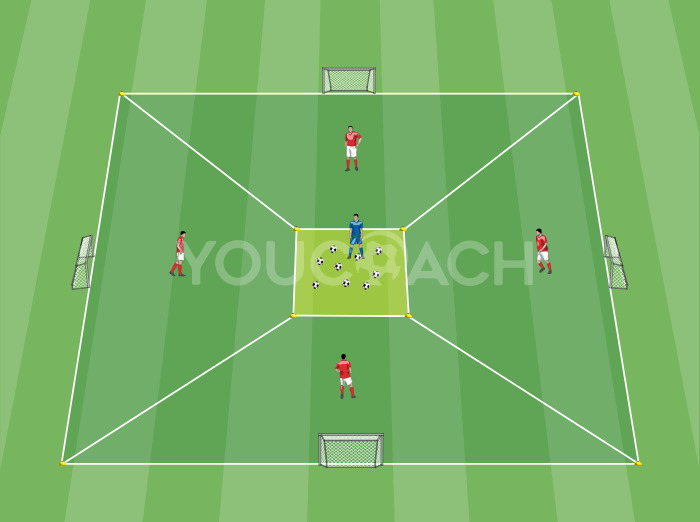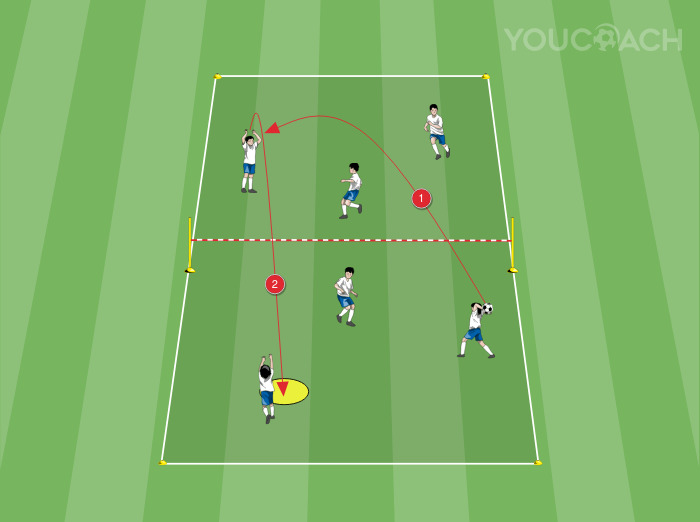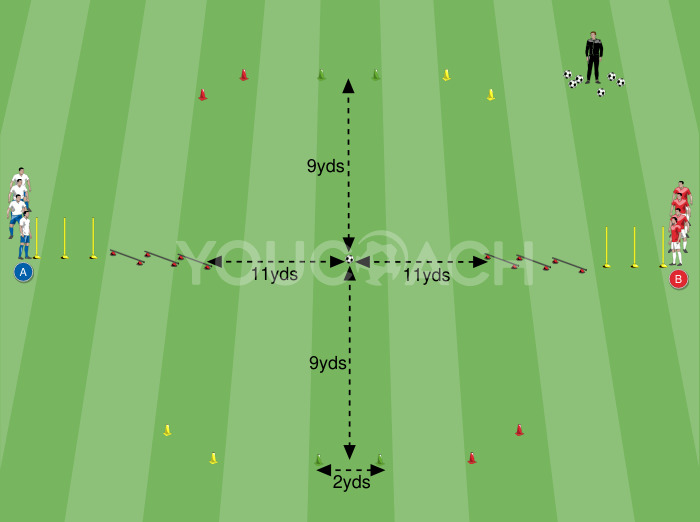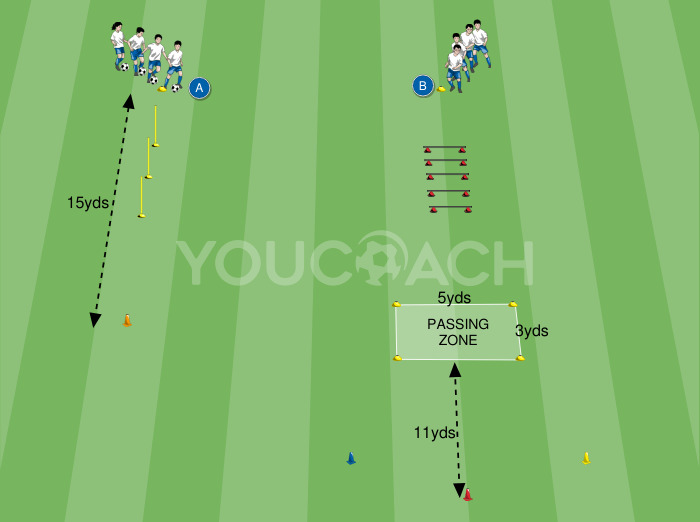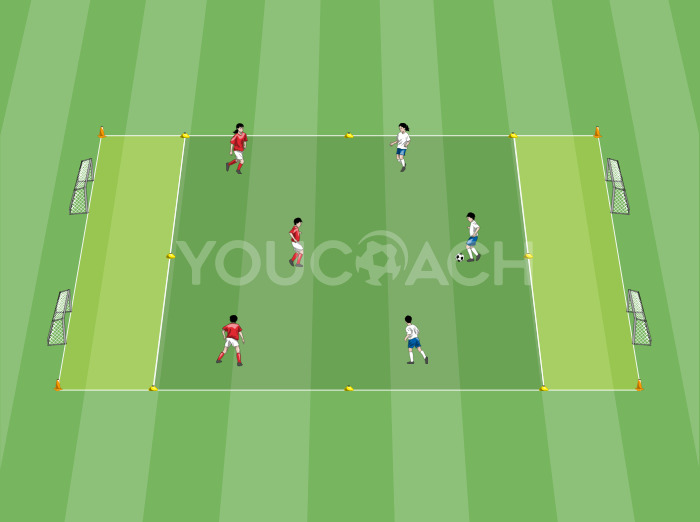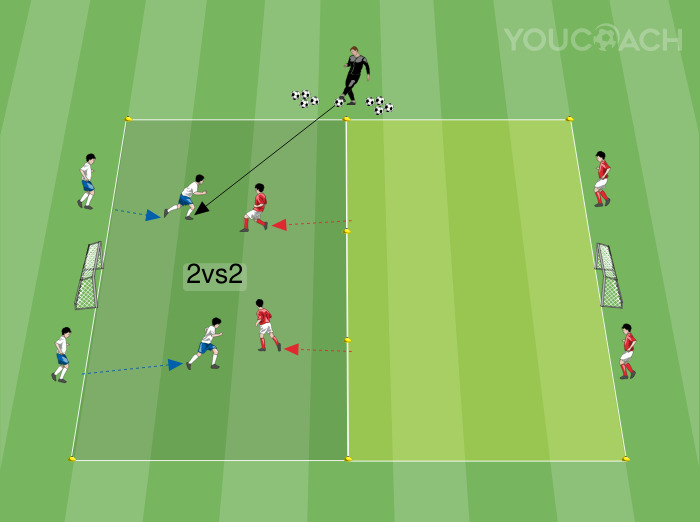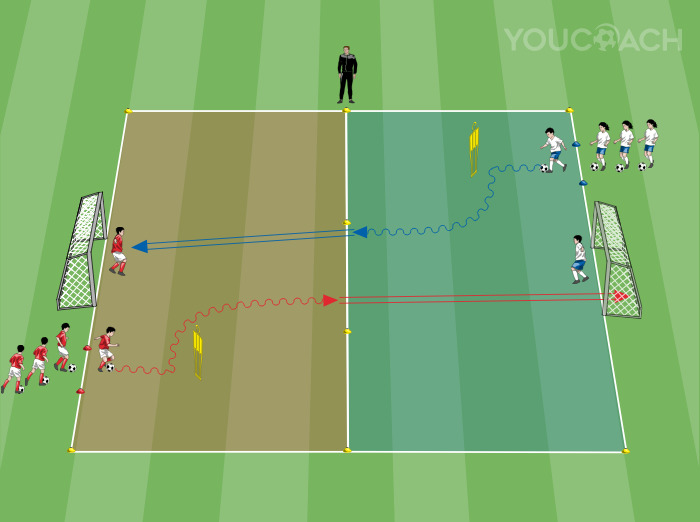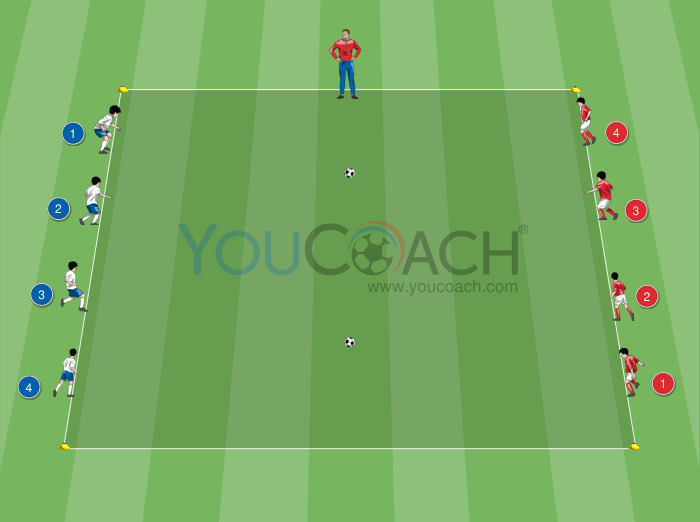The (almost) perfect circle
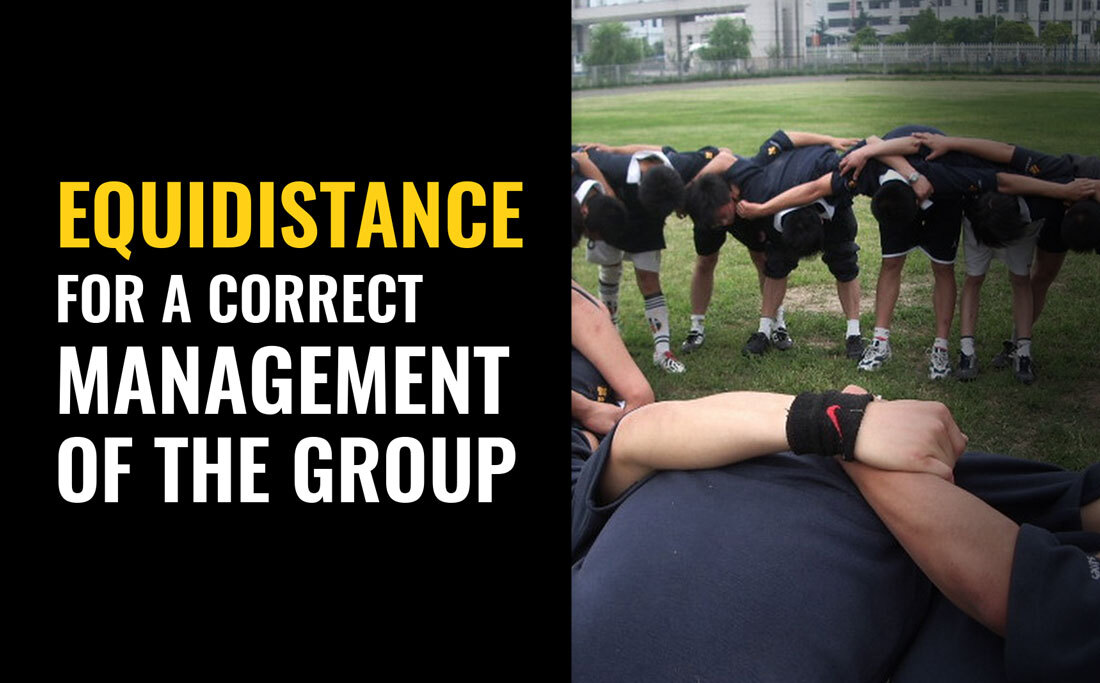
|
How to arrange players during explanations so as to give them equal value and detect their signals |
Let’s continue to talk about non verbal communication and how our small expedients can make a real difference between good and bad group dynamics.
In this article we are going to discuss equal distance, that is, the correct distance that must exist between the coach and their players in specific moments during the match and practice.
This is one of the topics that we might take for granted, or that mere good sense should help us understand. And yet, I know from my own experience today and as a former player that a coach often leaves players’ arrangement to chance during an explanation, a meeting or in the short time available between first and second half.
Let’s consider this last situation, occurring in every match: the quick exchange (unidirectional or bidirectional?!) between the first and second half inside the locker room. This is the time to recover energy, take a pee, realize how it’s going, maybe make some tactical changes... a lot of emotions and thoughts around, more or less constructive and rational... the time available is very little.. effective communication is absolutely necessary and often this is the right moment to inspire confidence and decisiveness to the players.
You need just a few simple, direct, positive words (we have talked in detail about verbal communication in the past) addressed to your players while paying attention to a correct use of space. Why? We can understand it with the help of a practical example. As usual, trying to walk in someone else's shoes will help.
Let’s assume that, while I am speaking, some players are at a personal distance, others at a social distance, others are behind a teammate (see the last article on proxemics): Are you talking to your team or to the 3-4 players closer to you? And the others? How do they feel? Equally considered and concerned? Does everybody gets the message that you all are there to play hard and win the game?
And also, are they listening to you? Can they hear you well? How can you get their feedbacks if they are far or hidden behind other players?
 On the contrary, arranging the players at the same distance trying to create an almost perfect circle contributes to create the right situation to:
On the contrary, arranging the players at the same distance trying to create an almost perfect circle contributes to create the right situation to:- Make everyone feel equally important;
- Make everyone feel equally involved;
- Make everyone feel a member of a team;
- Improve team building;
- Have players under control to read non verbal feedback (puffs, shaking heads, etc.);
- Draw greater attention from players and verify their level of attention;
- Faciltate communication (you don’t need to shout, repeat, etc.);
- Improve communication (communication is a circular process).
We can form a circle, a horseshoe, etc. , the point is that players stand side by side as much as possible, without any overlaps that could be interpreted also as moral or value-base overlaps, and would cause great damage to the group in which you want to inspire mutual confidence and esteem.
A last and most important remark: it’s evident that equal value and equal opportunities to play do not lay primarily in the right distance between me and my players but rather they must be well rooted in my mind.


